Broken girls blossom into warriors in ‘All the Broken Girls’
By Dania Kalaji

Broken girls blossom into warriors — or crime reporters who seek justice for the unsolved murder of their mother. Eventually, those girls find themselves hungry for answers at the center of an eerie web of murders in a west Tampa, Florida, community full of secrets and old-world Cuban superstitions.
Although Marisol Alvarez is a broken girl, one truth remains consistent: She won’t stop until she puts the puzzle pieces of a serial killer’s clues together — even if it destroys her chances of becoming a credible journalist, friend and family member again.
Author and Emmy award-winning journalist Linda Hurtado Bond returned in August 2022 with the fourth psychological thriller novel of her career – “All the Broken Girls.” The 349-page story is a riveting and suspenseful tale written in the first person. It follows Mari (rhymes with “sorry”), a Cuban American protagonist who investigates recent murders in an illustrative plot.
“All the Broken Girls” is a page-turner that reignites one’s love for reading from start to finish. No matter a person’s taste — fiction, nonfiction, action or comedy — Hurtado Bond keeps readers on the edge of their seats with an unexpected ending.
There’s a bit of every style thrown between the pages: cold cases, possible suspects, sudden twists, family drama, humor, a focus on the Santería religion and romance.
Audiences are immediately drawn in and placed directly into a tight-knit community as connected as the killings that take place in it. Mari, her best friend and photographer Orlando, and Detective Antonio García are possessed by the two murders which unfold in two days. The killer doesn’t leave any DNA but does place clandestine clues like a doll for each victim at the crime scenes.
Mari’s initial passion to chase down the serial killer is deeply rooted in the creepy similarities to her mother’s unsolved murder 10 years ago. This passion can be felt through her single-minded and stubborn persona as she willingly investigates the story behind her boss Mr. Payton, dubbed “El Jefe,” although she’s on employee probation. Mari is convinced that following the hunt will lead her to the closure and justice of her mother’s death.
Hurtado Bond’s writing and language are engaging – addictive. Each character’s personalities practically jump off the page, as if audiences know their most authentic selves. This is primarily portrayed through Mari’s assertive thought process. Hurtado Bond grants readers access to Mari’s conscience – her every thought, passing words, exclamations and quick reactions to situations.
Mari’s relatability shines throughout “All the Broken Girls,” specifically in Spanish. Readers can practically hear Mari speak through the pages when a humorous moment is followed by profanity like “Ay carajo!” and nail-biting scenes are marked by “¡Ay, Dios mío!,” which means “Oh lord.”
She even makes a hilarious reference to serial killer Hannibal Lecter from “Silence of the Lambs” during her first encounter with her stalker she names “Hoodie Hannibal,” who wears a black hoodie.
But, the unwrinkled plot is the novel’s best aspect. It’s straightforward and accessible to readers of all levels. The colloquial language and dialogue read like fanfiction and are followed by smooth recollections that don’t clog the plot’s movement. As the narrative builds, Hurtado Bond brings readers back to the facts presented earlier in the novel.
This helps to remind, connect the dots and add context to the details of the murders like the repetition of the number six – Mari’s lucky number. Six gunshots are fired at 6 p.m. and six suspects exist in the first murder. Mari also instinctually twists her sacred and protective azabache gemstone bracelet six times when she gets nervous or feels danger coming her way.
Similarly, the pace of “All the Broken Girls” is expeditious as each chapter is fairly short, on average about seven pages long, which satisfies the reader flying through the novel. Hurtado Bond deems herself a professional in pushing the plot forward at the beginning of each chapter and readers are fed the answers they’re seeking at each gripping page turn.
The quick burn and cliffhanger at the conclusion is a major success for Hurtado Bond. Both the general public and her exclusive reading community the “Bond Girls” are raving about the new read, and rightfully so.
Hurtado Bond brings faith, family into new murder mystery
By De Turner

“If justice is deserved, does it matter how it’s served?”
Linda Hurtado Bond ponders the answer to this question in her latest thriller, “All the Broken Girls,” which was released Aug. 23. The Emmy award-winning TV news anchor diverges from the romance genre of her previous three books to take readers on an emotional journey in this fast-paced, captivating mystery. She brings anguish during the gruesome crime scenes, excitement while piecing clues together, shock when truths are revealed.
The perfect balance of faith, family and a slow burn almost-romance while searching for the identity of a local serial killer gives this story something that all can enjoy. Nearly every chapter leaves on a cliffhanger that will have readers flipping the pages until the wee hours of the morning.
The adventure begins when Cuban American crime reporter Mari Alvarez ditches her assignment to check out a murder scene in her childhood neighborhood that is eerily similar to her mother’s death. Another murder the following day piques Mari’s suspicion; the killer is leaving clues behind that are up to her to put together. Unconvinced homicide detective Tony Garcia reluctantly joins Mari on her mission, and the duo narrow down the list of suspects to find and capture the West Tampa murderer.
The theme of justice permeates the story, and it is driven by Mari’s religion, Santería, and her saint, Chango. Things begin to unravel for Mari when she realizes the victims of the murders were perpetrators who went unpunished for previous crimes and recognizes the strong ties one suspect has with Santería, Chango and Cuban culture. These revelations drive the investigation into the serial killer’s motive of justice.
Early on, readers learn that Mari is coming back from suspension at her job due to her decision to include off-the-record information in a story. She wanted to bring justice to a city council member who was linked to the deaths of several young girls, and Mari seemed unremorseful for her choice. The juxtaposition of Mari and the killer, the good and the bad, both sides of Chango’s double-headed ax, demonstrates two ways justice can be provided when deemed necessary. Even when it is deserved, it does matter how it’s served.
Ironically, both of their searches for justice stemmed from the trauma of their mothers’ deaths. The difference is in the results of those murders. The killer began seeking vengeance for broken girls while Mari became a broken girl herself, a recurring symbol that both characters display throughout the book. The killer leaves broken dolls at every crime scene, and Mari uses her brokenness to help other broken girls in need. From her sister Izzy, to the first victim’s daughters, to the girls she finds in the nightclub, Mari goes out of her way to strengthen and protect these girls from more harm and to be the person for them that she wished she would have had.
Mari is one of the many reasons why the book was such an easy read. The story is fiction, but she makes it feel real.
Her internal dialogue was consistent with what a middle-aged single woman would include: mixed feelings about Tony, annoyance but respect for her grandmother, and the occasional “¡carajo!”
Hurtado Bond’s identity plays an obvious role in Mari’s personality, but other aspects also contribute to the story’s authenticity. The depth of knowledge about Santería, West Tampa, Cuban culture and the investigative career field shows the research she put into this book’s preparation.
The protagonist is also complemented by a diverse batch of side characters that all have their own unique traits. Tony is stern but has a soft side. Orlando has a humorous, brotherly relationship with Mari where he holds her accountable while still supporting her. Even the small doses of Jessica show her kindness and diligence.
The only shortcoming of “All the Broken Girls” is that the killer’s identity is essentially revealed, just without confirmation, with over 100 pages left in the book, leaving a sense of impatience for the confession. However, the ending was still unexpected and left lots of loose ends that perfectly set up for a sequel. Will the mysteries and murders follow Mari to Cuba?
‘All the Broken Girls’ in need of a fix
By Justin Morris
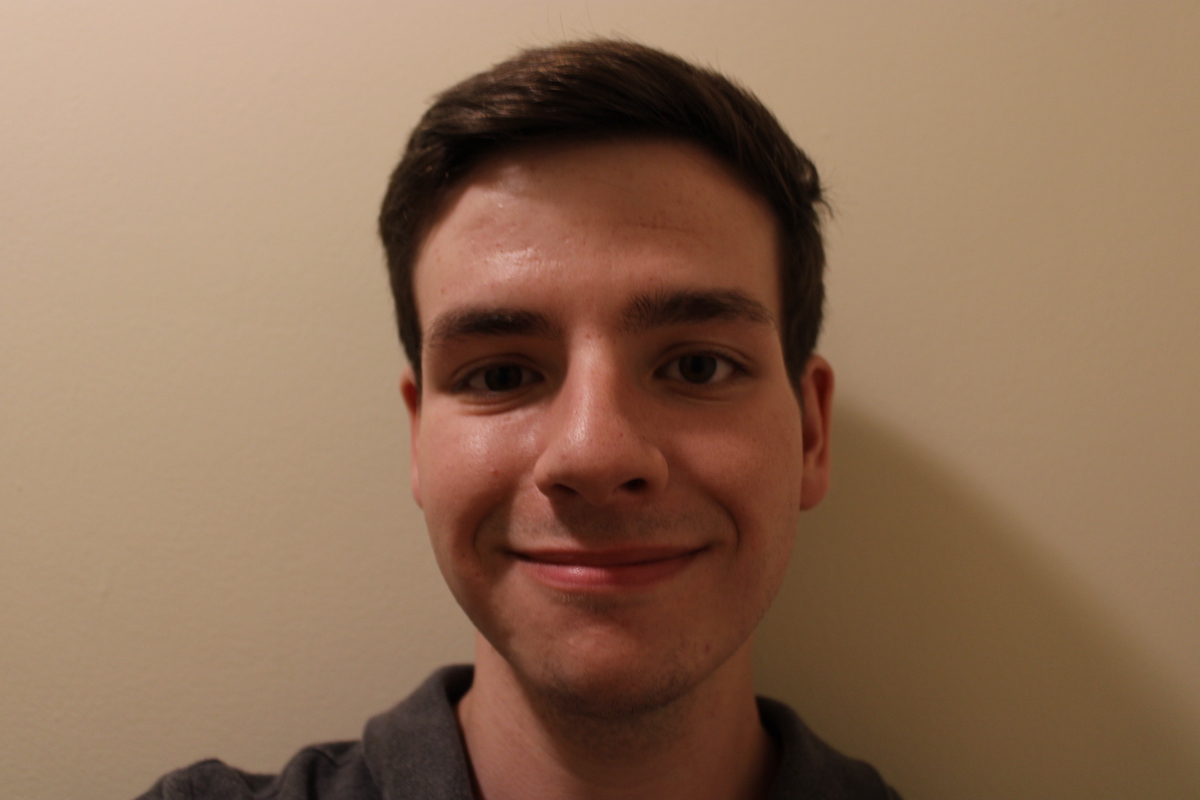
Steeped in blood and Santeria, “All the Broken Girls,” the fourth novel of writer Linda Hurtado Bond, presents itself as a compelling, rife with mystery and intrigue. However, as the book goes on, readers will find themselves playing a game of poker where every card is dealt face-up.
Readers are inundated by characters, which sucks the thrill out of the novel. The story follows Mari Álvarez — a TV reporter, like the protagonists of Hurtado Bond’s previous two books — as she hunts for a serial killer through Tampa, Florida. Mari is a strong character, however the novel hinges too much of itself upon her – making her the only character with any real dimension or development.
This is woefully apparent when, a little over halfway through the book, Mari’s beloved Abuela Bonita suffers a heart attack and eventually passes away. When Mari visited her dying grandmother in her ER room, I got the sense that I was supposed to feel something — but, I didn’t. As Abuela Bonita’s heart monitor lets out one final beep, it feels less like a death scene and more like Hurtado Bond is taking an eraser and rubbing Abuela Bonita’s name off the page.
This is largely because Abuela Bonita never feels directly involved in the story. There’s only one scene in which Mari interacts with her grandmother – outside of that, all we know of her is told to us by Mari or a handful of other characters. It’s like being told stories about a relative that passed long before you were born – you may know a lot about that person, but you don’t feel a real emotional connection to them.
Besides Mari, every other character is similar to Abuela Bonita — tertiary and only existing to advance the plot. This includes the suspects — of which, there are far too many.
The suspects range from characters who appear in name only, like Sebastián Figeuroa, to something as impalpable as an entire gang, the West Tampa Kings. The problem is that each suspect seems to ebb in and out of culpability. We never zero in on most of these suspects for longer than a few chapters, resulting in each feeling like little more than red herrings.
If many of these suspects were sequestered to the beginning of the story as early guesses, perhaps then the book would find a better antagonistic anchor in Edward Jones, or “Hoodie Hannibal.” Edward is by far the most interesting of all the potential suspects; his presence looms heavy over the whole book as he is the only suspect that seems to pose a tangible threat to the protagonist. This, however, makes his off-page death as horribly anti-climactic as the novel’s twist.
The twist villain had the potential to be good, but there are two things that kill the revelation. The first being all the red herrings, which come back to bite Hurtado Bond once again. By obscuring the killer’s true identity behind a cast of suspects, Hurtado Bond creates an effect that is more smoke and mirrors than sleight of hand. It’s like Hurtado Bond threw a whole deck of cards in the reader’s face to distract him while she slid another card up her sleeve.
But what proves fatal to the twist is how Hurtado Bond preemptively places suspicion upon cold-case detective John Hanks. This serves only to weaken the impact of the ending. If Hanks is not the killer, then he is just another red herring which weakens the ending for reasons already mentioned; if he is the killer — which, indeed, he is — then the coming revelation is made extremely obvious. Why else would a suspect be introduced so late? In fact, Hurtado Bond all but confirms that Hanks is the killer by having him say the nod-and-wink line, “Does it matter, as long as justice is served?” at the end of chapter 34, only a few chapters before the big reveal.
Ultimately, these two things will have the reader walking away from the novel with a bland taste that no amount of blood and Santeria can begin to season.


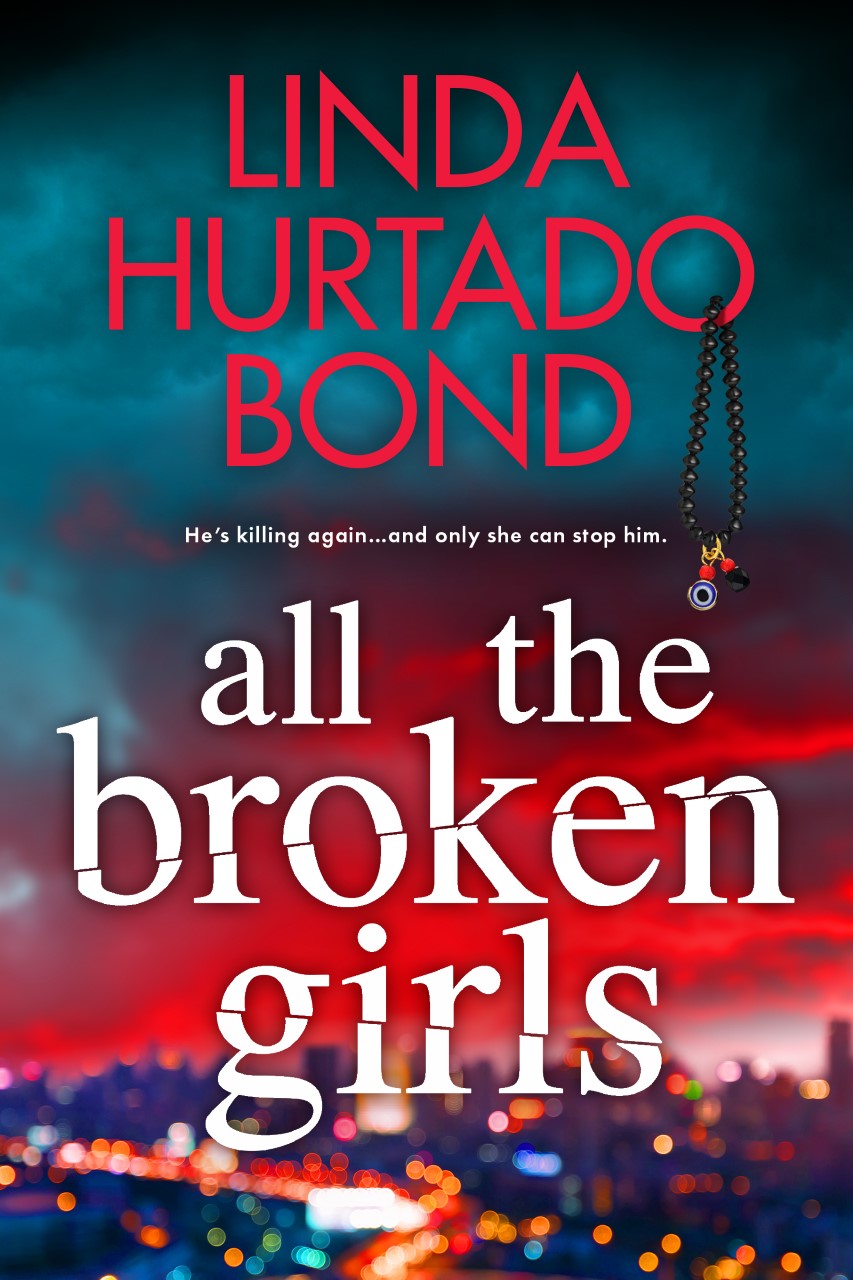
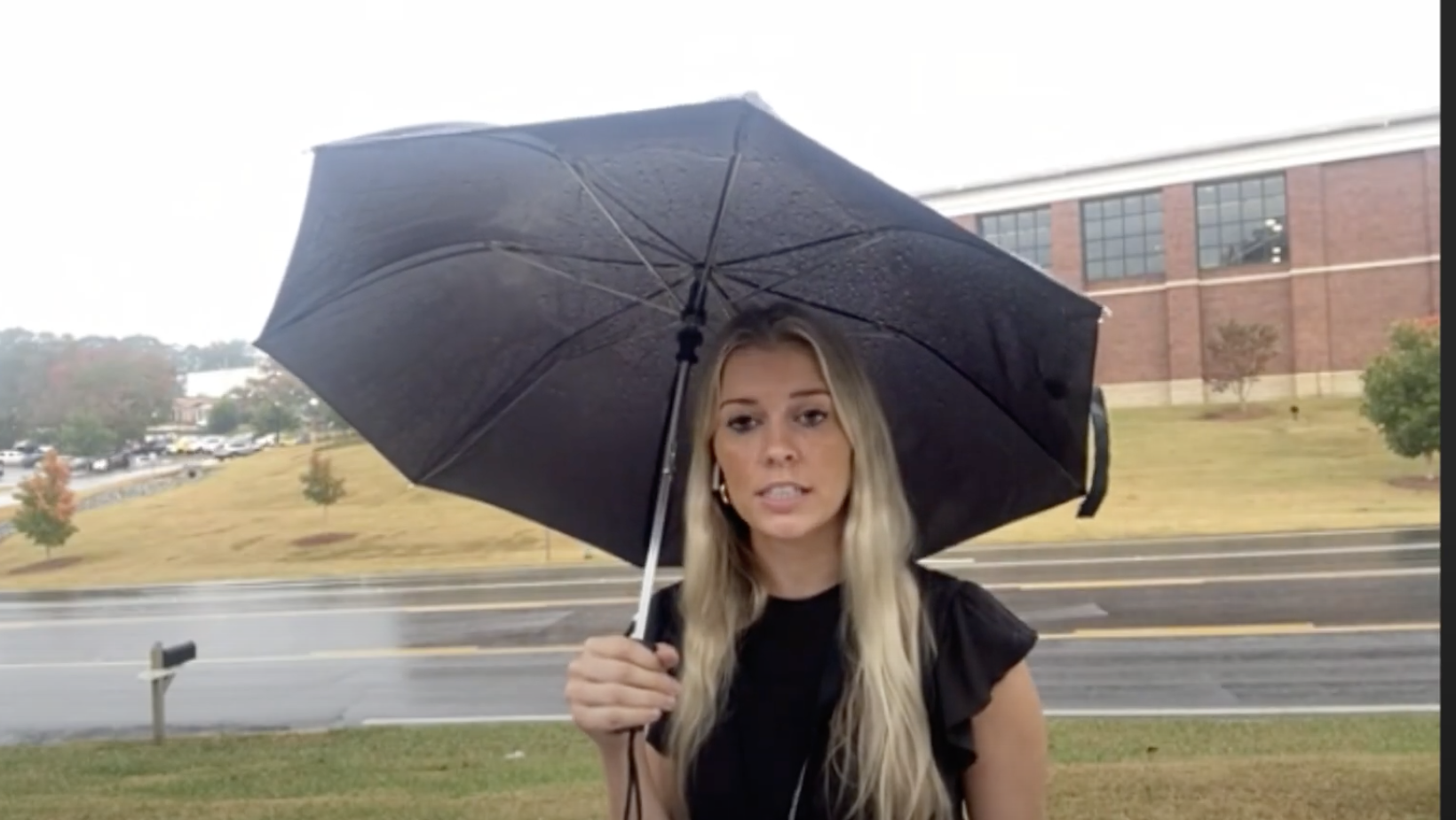
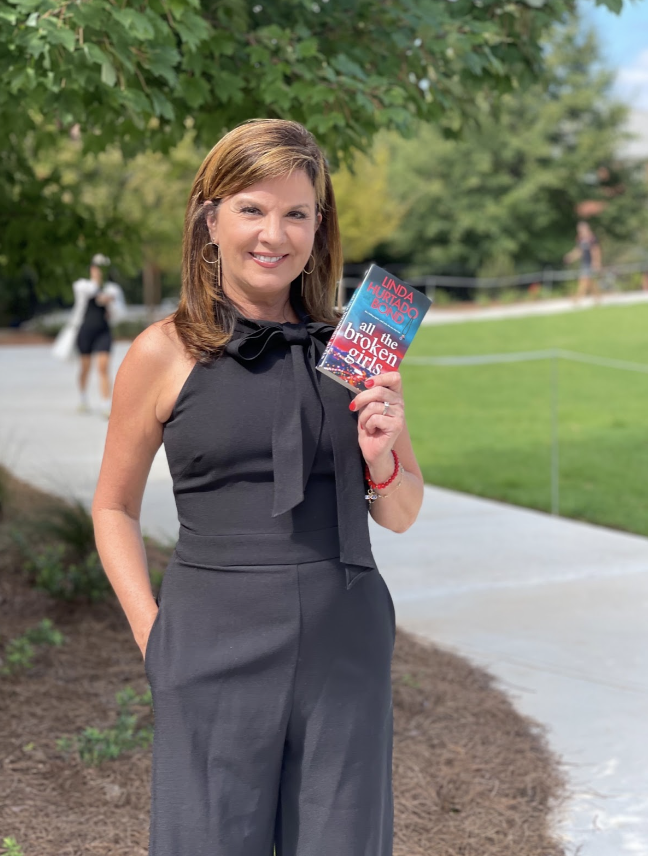


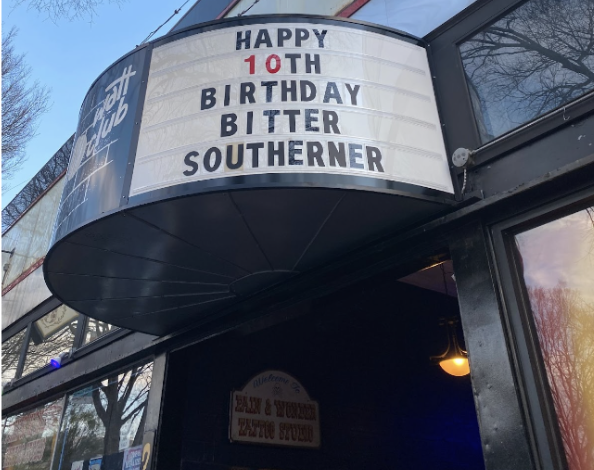

Show Comments (0)